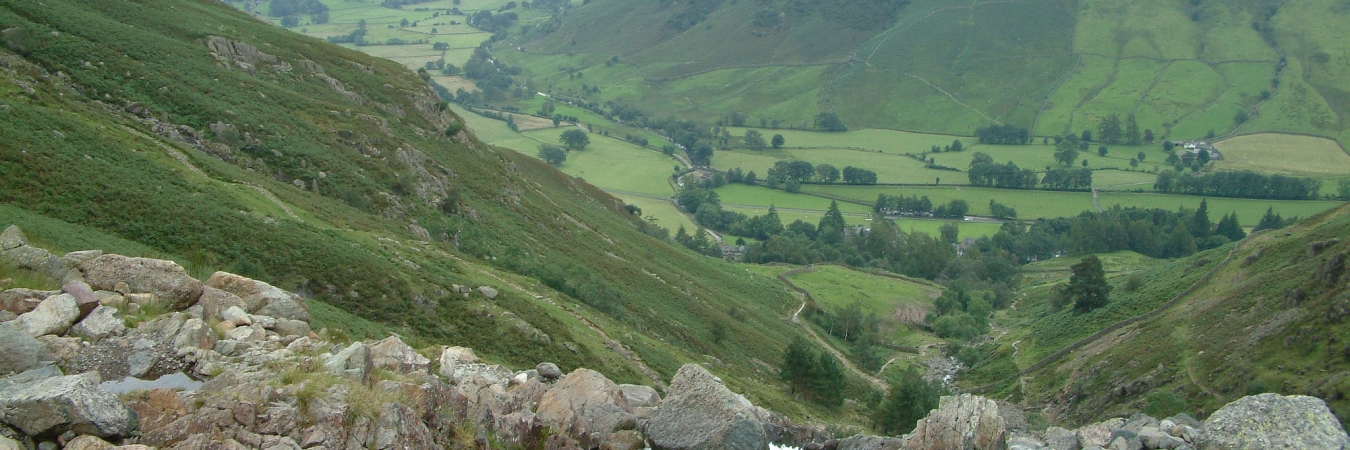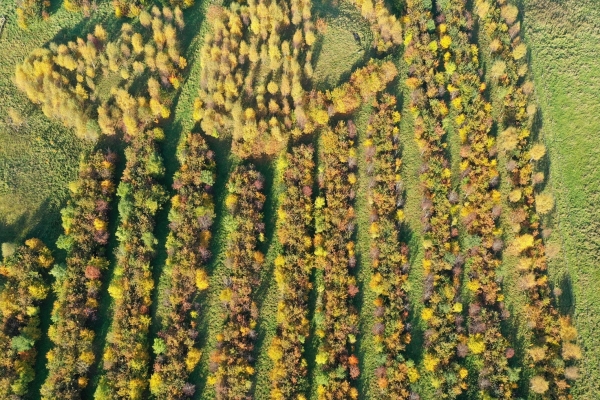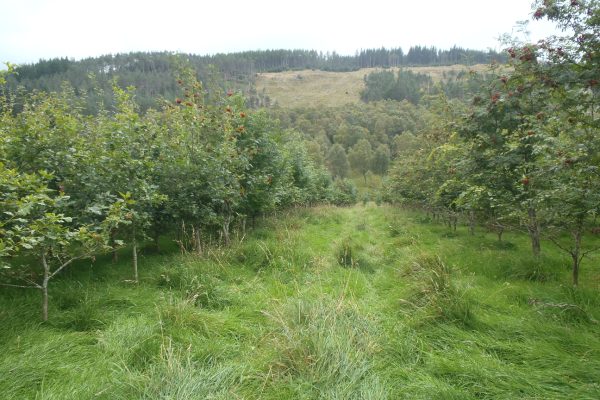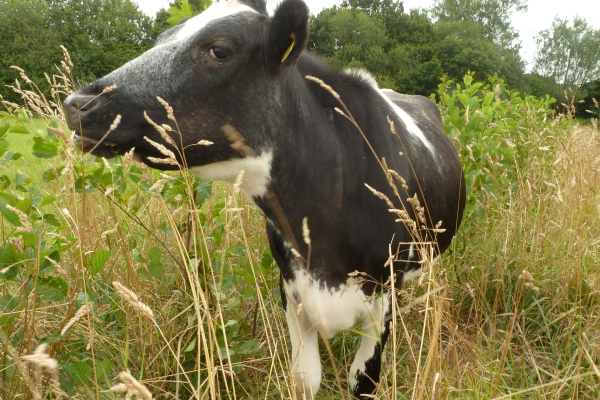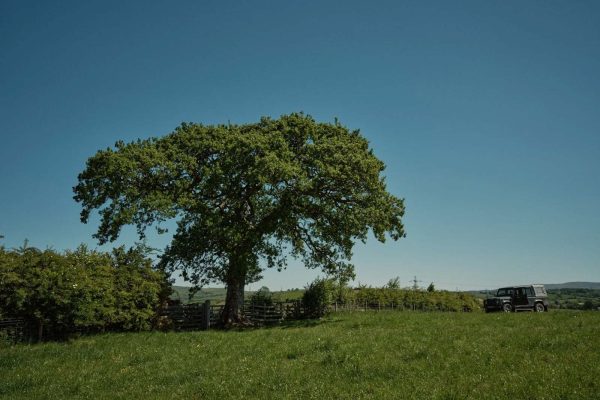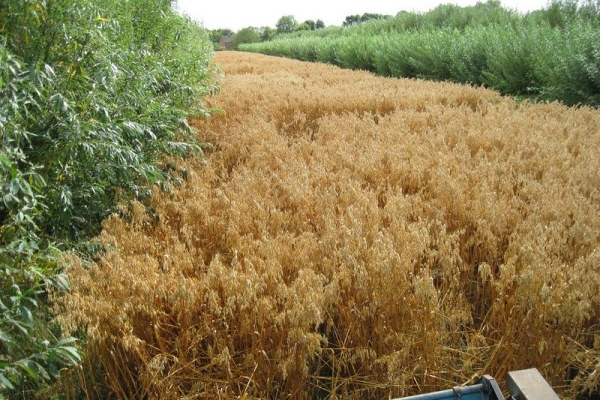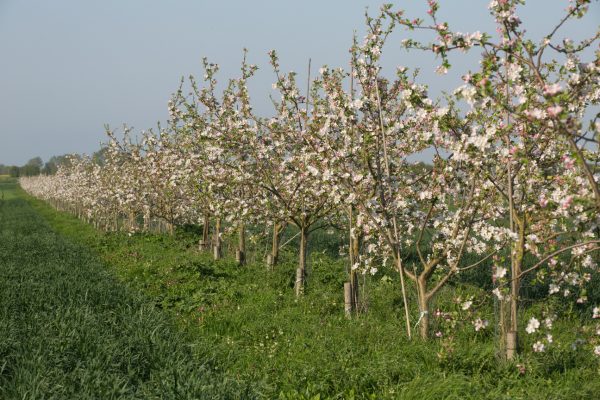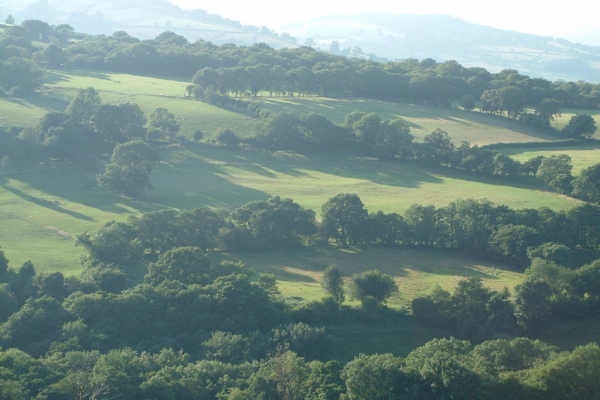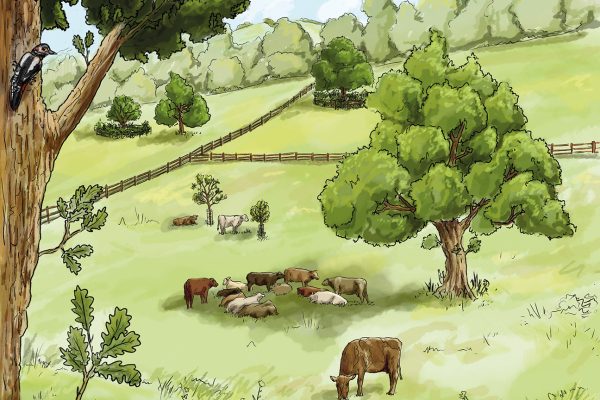Trees, water and farming – improving water quality
RBC Bluewater Project - Farming and Water
Resource explained
This 5.13-minute video touches on ways of managing the land to reduce flooding risks and soil loss. It highlights social, economic and environmental benefits of integrating trees into an upland farming landscape, referring particularly to preventing soil erosion and improving water drainage. As a result of support from the RBC Blue Water Project (a programme dedicated to protecting the world’s fresh water), representatives from the Woodland Trust, Environment Agency, The Lakes Free Range Egg Company and a farm manager talk about: historical problems within the Cumbrian landscape of water flooding off fells and creating soil and sediment build-up in rivers; loss of valuable grazing land; using reeds to trap silt; a soft engineering method to protect river banks; using trees to stabilise the ground, prevent erosion and provide woodfuel; using tree cover in chicken farming to increase drainage, reduce run-off and improve animal welfare; and potential beneficial financial consequences.
Findings & recommendations
- Large amounts of rain in the upland fells has caused compaction, with soil and sediment running very rapidly into becks and rivers.
- Fencing along riverbanks can help stabilise rivers and prevent erosion by containing stock and allowing reeds to grow along riverbanks. The reeds can help trap silt.
- Mike Farrell, the Environment Agency fisheries officer, describes how spruce logs and regeneration conifers have been used to trap silt and debris coming down the river and also enable riverbank re-vegetation.
- Using trees in fields can help stabilise the ground and prevent erosion, benefit wildlife, and provide a potential cash crop through providing woodfuel.
- David Brass of the The Lakes Free Range Egg Company describes how planting 20% of a range area for birds with trees helped break up the soil surface panning, reducing runoff and increasing drainage. He refers to collaborative research that had been proving the added animal welfare and production and economic benefits. “All in all it’s a benefit for everybody, there are no downsides to trees and chickens, it works very well with commercial chicken farming.”
- Putting measures in place to prevent runoff and flooding benefits landowners, the local environment and the local community.
